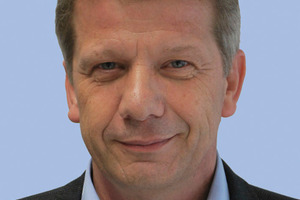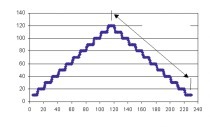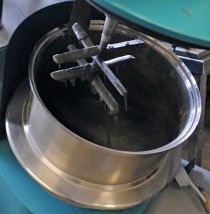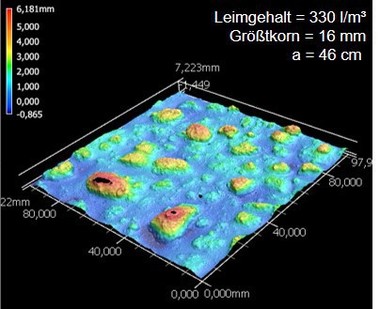Potentials for digitizing the concrete production process
In previous research work conducted at the Institute of Construction Materials (Institut für Werkstoffe im Bauwesen; IWB) [1,2], a combined two-stage mixing concept was researched and developed further in order to enable fresh concretes to be reliably produced to uniform quality standards and high requirements in terms of workability and robustness. The key lies in digitizing all process steps of concrete production. Whilst the production and processing of conventional vibrated concretes is generally not a problem, building practice shows that high-specification concrete mixes with easy-compacting, self-compacting or high-performance properties have a much more complex behavior. Non-acceptable fluctuations in the properties, composition and metering of all the source materials need to be prevented to ensure slump retention. This requires measurement and control procedures so as to be able to record and evaluate all sub-processes of metering, feeding and mixing and adjust them to requirements as necessary. Relevant research work is conducted at the Institute of Construction Materials in collaboration with different manufacturers of mixing plants. The aim is to provide all process components of concrete production with sensor and actuator components enabling the digital networking of all system components in order to merge all process data in a single process control system. This allows integral evaluation in real time, which is the prerequisite for being able to derive and implement process optimizations. As a result, all process operations are transferred to a digital twin in order to create a temporally multidimensional, digital or virtual map of fresh concrete production. This requires all process steps to be transferred to cyber-physical models. Subsequently, the sub-steps can be linked via standardized interfaces,creating an integral digital model. Using suitable control components, the digital twin can then optimize concrete production analysis and control within the meaning of Concrete 4.0. Rheology-based mixing process management, which has been researched at the Institute of Construction Materials for numerous years, plays a key role in this context. It can be used for rheological evaluation of the fresh concrete during mixing. As part of a major joint research project [3, 4], an innovative drive train was developed in collaboration with partners from the industry and used in a real-scale mixing plant. It allows all relevant process information to be made available in digital form. This permits the end of mixing and the rheological properties of the fresh concrete achieved at that time to be reliably determined. The rheological properties are described in terms of the yield limit and viscosity of the fresh concrete [5]. If these deviate from the design values, the fresh concrete still kept in the mixer can be remixed. Additional metering of source materials improving consistency is possible. Ultimately, the whole should result in an autonomous concrete production process – Concrete 4.0.
Acknowledgements:
The author would like to thank the staff at the Institute of Construction Materials, in particular Dr. Christian Baumert, Mr. Hampel and Mr. Lisin, for their dedicated and active support in advancing the vision of being able, in future, to reliably produce high-specification concretes with high fines contents in building practice by means of rheology-based mixing process management. Mapping all process steps in a digital twin will pose a challenge for the whole team at the Institute of Construction Materials in the coming years, which Mr. Nitsche and Mr. Lazik will also contribute to mastering. Special thanks are due to the German Federal Ministry of Transport and Digital Infrastructure (Bundesministerium für Verkehr und digitale Infrastruktur) for funding the “Betonfahrbahn 4.0” (Concrete Pavement 4.0) joint research project [3], and to the Federal Highway Research Institute (Bundesanstalt für Straßenwesen) for their technical assistance and administrative support. Special thanks go to all the project partners, and in particular to the machinery and building materials machinery manufacturers, companies CAVEX GmbH and Liebherr-Mischtechnik GmbH, who enabled us to realize the development and implementation of innovative digital drive trains for real-scale mixing plants, as well as the design and customization of a twin-shaft mixing plant.







